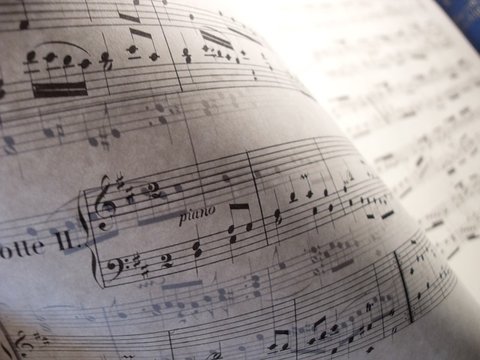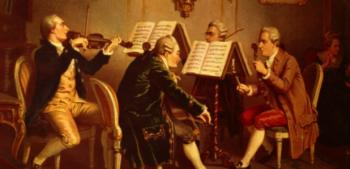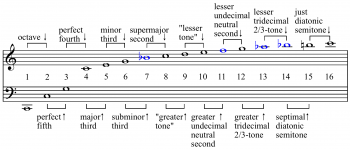“Music expresses that which cannot be put into words and that which cannot remain silent.” - Victor Hugo, 1885
Did you know that archeologists have discovered prehistoric instruments carved from bones which have been found in caves and which date back over 40,000 years?¹ Talk about playing the “oldies”! The art form known as Music is one of the eldest and most profound forms of artistic expression known to humanity and is strongly rooted in all periods of Culture and History.¹ The medium through which a musical composer’s expression is recognized is through combinations of sound and silence formulated in unison with rhythmic patterns. As French composer Edgar Varèse put it, the premise of musical composition is the process of creating “organized sound”.¹
Musical Descriptions¹:
- Rhythm
- Structure
- Form
- Harmony
- Melody
- Texture
- Timbre
- Dynamic
Music can be categorized and divided into genres and subgenres. Genres and subgenres are differentiated based on the composer's use of the above descriptives during the compostion process. Often subgenres are difficult to define due to less variation of the original genre and sometimes rely on the personal interpretation of the listener.¹
Resources:
1. NAXOS. History Classical Music. Retrieved May 27, 2014, from http://www.naxos.com/education/brief_history.asp
© BrainMass Inc. brainmass.com June 30, 2024, 9:23 am ad1c9bdddf


